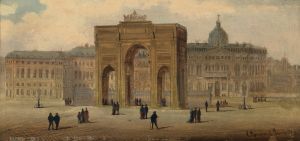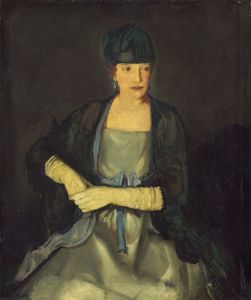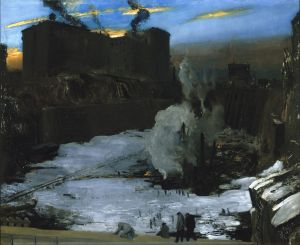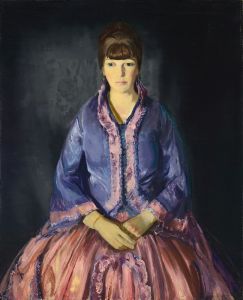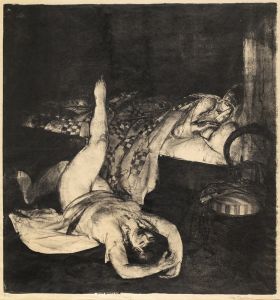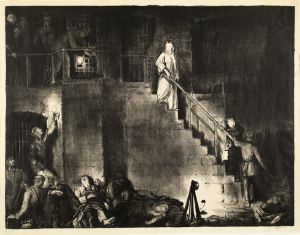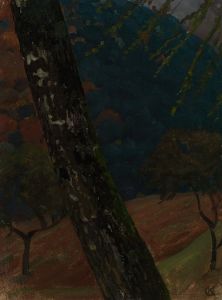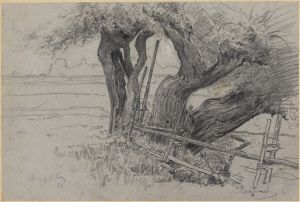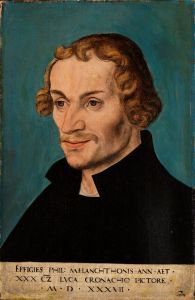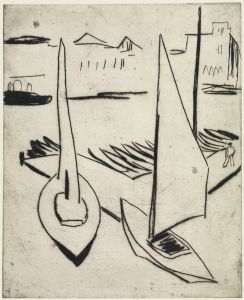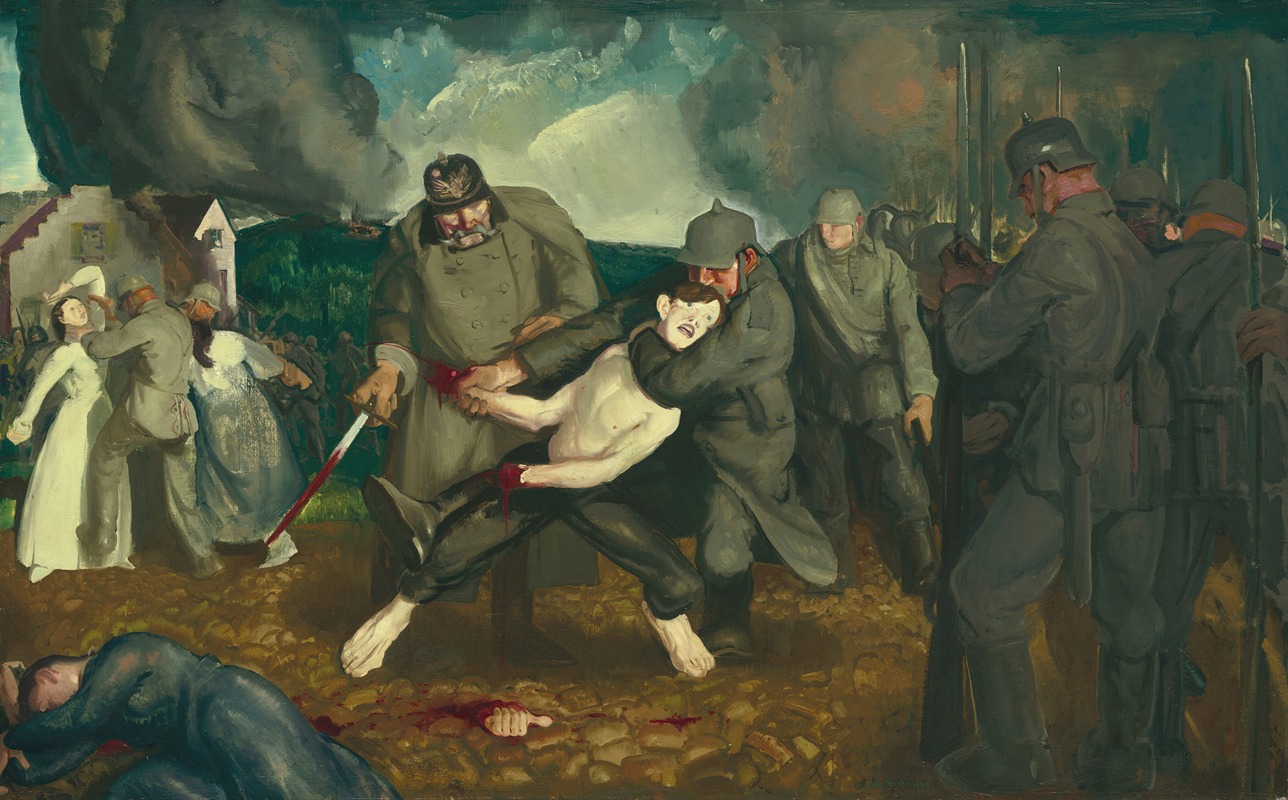
The Germans Arrive
A hand-painted replica of George Wesley Bellows’s masterpiece The Germans Arrive, meticulously crafted by professional artists to capture the true essence of the original. Each piece is created with museum-quality canvas and rare mineral pigments, carefully painted by experienced artists with delicate brushstrokes and rich, layered colors to perfectly recreate the texture of the original artwork. Unlike machine-printed reproductions, this hand-painted version brings the painting to life, infused with the artist’s emotions and skill in every stroke. Whether for personal collection or home decoration, it instantly elevates the artistic atmosphere of any space.
George Wesley Bellows was an American realist painter known for his dynamic and vivid depictions of urban life in New York City during the early 20th century. One of his lesser-known works, "The Germans Arrive," reflects a significant historical context, although specific details about the painting itself are limited.
George Bellows was born on August 12, 1882, in Columbus, Ohio, and later moved to New York City, where he became associated with the Ashcan School. This group of artists focused on portraying the everyday life of the city, often highlighting the grittier aspects of urban existence. Bellows is best known for his powerful and energetic paintings of New York City scenes, including boxing matches, street life, and the bustling activity of the metropolis.
"The Germans Arrive" is one of Bellows' works that is believed to have been influenced by the events of World War I. During this period, Bellows produced a series of paintings and lithographs that depicted the atrocities and the impact of the war. These works were part of his response to the global conflict and the reports of German actions in Europe. However, specific information about "The Germans Arrive," such as its creation date, medium, and current location, is not well-documented in available sources.
Bellows' war-related works often conveyed a sense of urgency and emotional intensity, reflecting his reaction to the war's brutality. While he did not serve in the military, his art was his way of engaging with the significant events of his time. His works from this period are characterized by bold compositions and dramatic contrasts, aiming to evoke strong emotional responses from the viewer.
In addition to his war-themed art, Bellows continued to paint a wide range of subjects, including portraits, landscapes, and social scenes. His style evolved over time, but he remained committed to capturing the essence of American life. Bellows' contribution to American art was significant, and he is remembered as one of the leading figures of the Ashcan School.
George Bellows died on January 8, 1925, at the age of 42, leaving behind a substantial body of work that continues to be studied and appreciated for its artistic and historical significance. Despite the lack of detailed information about "The Germans Arrive," Bellows' legacy as a painter who captured the spirit of his era remains influential.
In summary, while specific details about "The Germans Arrive" are scarce, it is understood within the context of Bellows' broader engagement with the themes of war and urban life. His work provides insight into the social and political climate of early 20th-century America, reflecting the complexities and challenges of the time.





